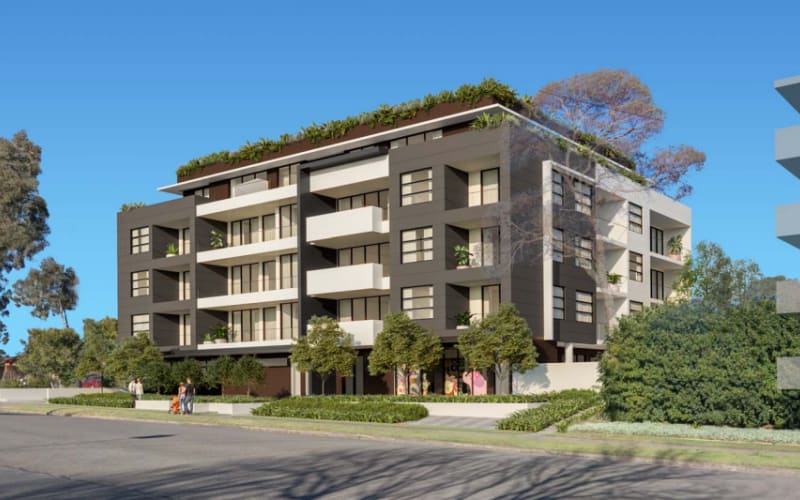Melbourne and Sydney; Urban National Project Database observations
The past six months have been an eye-opening exercise for the editors. As we've broadened our scope to a national perspective, we've had to grasp the concepts of other state's planning systems.
Clear data trends have emerged.
Some of the trends are confirmations of chatter among industry, analysts and other media; some of them are, to our mind's, are certainly not quite what was originally expected.
Different states and territories, of course, in fact, do things differently, but overall there are many familiarities. New South Wales is a little more complex with its regional and state panels system working in tandem with the local councils and South East Queensland's mega-councils simply mean you need to go to fewer places to find the information you want.
Except for you ACT and your wayward section/block/suburb planning-address scheme that runs parallel to what the rest of Australia would call a 'real' address! "Block 2, Section 1, Capital Hill" or "Parliament Drive, Capital Hill" - those two addresses lead to the same place, Parliament House.
While the Urban National Project Database is still a work in progress (it never stops!), we have near-on 700 projects from metropolitan Sydney present and accounted for.
If you have a conversation with anyone in industry, media or through social media channels, the consensus that you're likely to find is that when comparing the two largest cities in the country Sydney has a wider geographic spread of medium and high-density projects.
You could split ends about which city's got more projects in their inner and middle rings but where there is a major difference is on the fringe - in Sydney you are far more likely to come across greenfield developments with slabs of apartments contained within them.
We wrote about Rouse Hill last week which is on Sydney's fringe. It's receiving a new rail line and has an extraordinary amount of apartments contained within more typically low-density suburban development.
While we wouldn't want to claim with absolute certainty the follow statement is set in stone, the emerging trend we're finding in Sydney is that new residential developments are, on the whole, larger than those in Melbourne.
Larger in the sense that a single development will have more apartments contained within it. For instance, at the time of writing, there are 679 Metropolitan Sydney projects which have a touch over 70,000 apartments contained within them. That's an average of 105.8 apartments per development.
For Metropolitan Melbourne - and the Victorian numbers are much more complete given our history - there are 1611 projects with 147,000 dwellings in them - an average of 91.29 apartments per development.
We fully excpect the numbers to fluctuate - certainly the number of projects in Sydney will rise (since writing the Rouse Hill article last week, the Metropolitan Sydney numbers have increased by 40) - however we expect the average number of apartments in a development to fluctuate as well.
